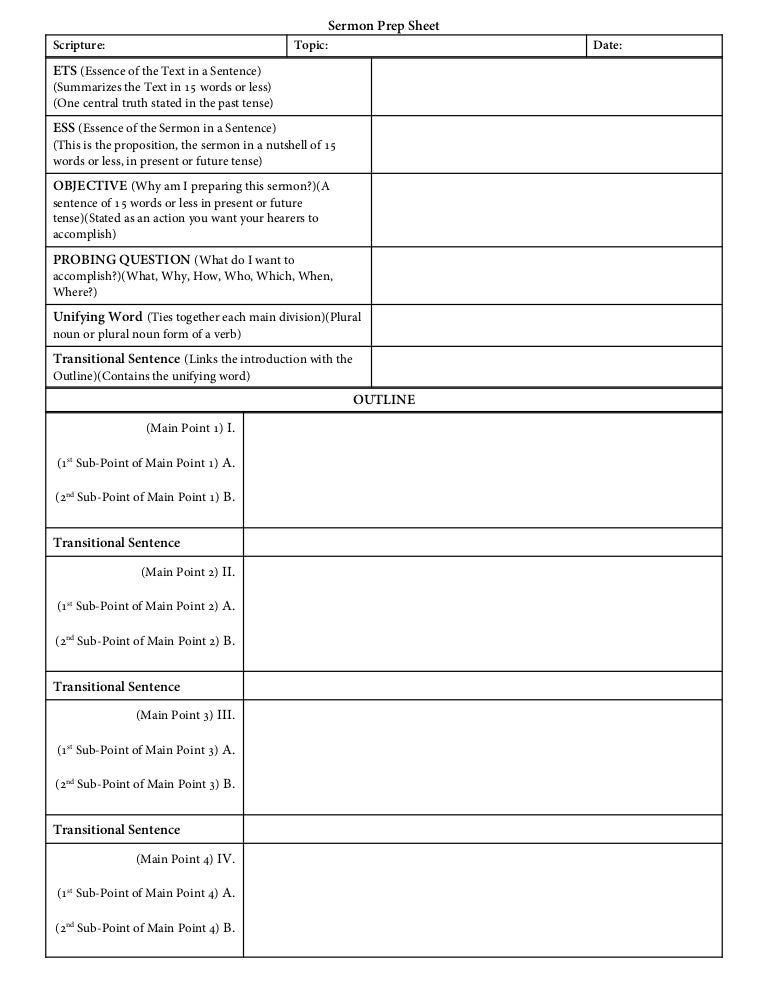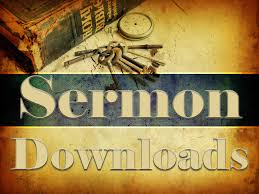
Textual sermon outline free#
He has fully paid for all my sins with his precious blood, and has set me free from all the power of the devil. That I am not my own, but belong with body and soul, both in life and in death, to my faithful Savior Jesus Christ. What is your only comfort in life and death? On this particular occasion, my wife took the opportunity to begin memorizing the first question of the Heidelberg Catechism with this particular sister-saint, as means of fighting together to believe the blessed benediction the gospel pronounces over us: In the course of my own pastoral ministry, I encounter many saints who need such confirmation. My wife and I recently had the opportunity to put this truth into practice with a member of our own congregation. Taking an example from Paul’s words in 1 Corinthians 1:1-9, Emlet helps us see how the apostle encouraged saints and how we might imitate his example in our own counseling, including drawing attention to the Spirit’s work in the saint (44) and using God’s Word to encourage the saint (45).

Therefore, saints need regular “confirmation of their identity as children of God” (8). our struggle with sin and suffering) obscures our experience of sainthood. But saints also struggle with their identity as saints, because oftentimes evil within and without (i.e. Saints are Christians, and Christian are saints. “Saints” are not special classes of Christians.
Textual sermon outline how to#
Insight as to how to apply these truths to unbelieversĮmlet begins his book with our fundamental identify in Christ-that of a “saint,” one called by God and set apart to him.Practical, everyday examples for counseling.Ministry priorities flowing out of each of these conditions.Biblical examples of how God loves us in each of these various conditions.Exposition of how Scripture speaks of Christians as saints, sufferers, and sinners.Within each of those sections, the author provides chapters containing: They experience evil from without (suffering)… They also experience evil from within (sin)… You and I, and every Christian we meet, wrestle with … identity and evil (6-7).Īfter a few introductory chapters, each section of the book deals with one of these identities: saints (chapters 4-10), sufferers (chapters 11-18), and sinners (chapters 20-27). This struggle with evil expresses itself in two ways. Emlet’s answer:įirst, you can be sure that they struggle with identity at some level-which means they are implicity or explicitly asking, Who am I? … Second, you can be sure that they struggle with evil. He asks, “What is true of yourself and every Christian you meet, according to Scripture?” (6). Michael Emlet’s new book, Saints, Sufferers and Sinners, adopts this apostolic paradigm and equips the church to walk alongside brothers and sisters in all of life’s difficulties. It is the work of the body to minister to the body, applying timely counsel in specific ways. 5:12-13), he addresses his words here to “brothers and sisters,” i.e. The idle are to be “warned,” the disheartened are to be “encouraged,” and the weak are to be “helped.” Different groups require different responses-tailored to the particular struggle.Īnd, while Paul speaks of pastors in the previous verses (1 Thess. He speaks of the “idle,” the “disheartened,” and the “weak.” Additionally, Paul provides a specific ministry posture toward each group.

In 1 Thessalonians 5:14, the Apostle Paul provides categories for various maladies affecting Christians in the church.


 0 kommentar(er)
0 kommentar(er)
